Michelin Motorcycle Tires: Everything You Need to Know
In addition to being the largest tire manufacturer in the world, Michelin is also one of, if not the oldest tire maker, with a brand that’s known
In addition to being the largest tire manufacturer in the world, Michelin is also one of, if not the oldest tire maker, with a brand that’s known worldwide for much more than tires, and a mascot, Bib, who’s also instantly recognizable (even though he quit smoking cigars some years ago). Michelin’s road maps, travel itineraries, and hotel and restaurant guides have told people where to go ever since the miracle of internal combustion made it possible for them to go there. The fine dining industry lives and dies by the Michelin stars its Red Guide awards to restaurants for their haute cuisine. In fact it may have been Michelin that coined the phrase so many motorcycle riders have taken to heart: “Eat to ride, ride to eat.”
There haven’t been all that many major breakthroughs in tires over the years, really, but Michelin’s been responsible for the big ones: It made the first removable pneumatic bicycle tire (which didn’t need to be glued to the rim) in 1891, the first run-flat tire in 1934, and the first radial tire in 1946. The radial automobile tire didn’t really get to the US until the late 1960s, when Michelin partnered with Sears to sell them as Allstates. In the U.S. today, Wikipedia tells us, the radial market share is 100%. More germane for us, Michelin’s first radial motorcycle tire burst into the limelight on the back of Freddie Spencer’s 500cc Grand Prix Honda in 1983.
On the 25th anniversary of its first street-going motorcycle radial (1987) Michelin sent out this press release in 2012:
Three years after first using it in racing, in 1984, Michelin decided to bring to market its radial motorcycle tire. In 1987, the MICHELIN A59X and M59X signaled the beginning of a revolutionary new era for high-performance tires that enabled riders to get the most out of the new motorcycles of the period. Today, all road, sport and supersport bikes are equipped with radial tires. Without the radial tire, racing bike engines would never have become so big since traditional cross-ply tires would not have been able to support today’s 1,000 cc engines. The radial tire has been the key driver of the faster pace technical improvements for racing and series produced motorcycles in terms of the torsional stiffness of the cycle parts as well as the power output of the engine. In 1983, thanks to the genius of Freddie Spencer, Michelin won the first Grand Prix event on a 500 cc bike fitted with a radial tire (on the rear wheel only). The following year, Randy Mamola became the first rider to win a Grand Prix race (San Marino) on a motorcycle equipped with radial tires on both the front and rear wheels. A radial tire undergoes less heat build-up than a conventional tire. As a result, the rubber remains softer and delivers better grip when cornering.
Now, with few exceptions, the radial tire is standard equipment on all sportbikes, especially powerful high-performance ones: Which is definitely a thing Michelin knows about, since it’s been the official tire supplier for MotoGP since 2016. But of course, Michelin produces a wide range of tires for all two-wheeled applications – from trials to motocross, from scooters to 220-mph MotoGP missiles. Here’s a quick rundown of a few of its latest and greatest.
Table of Contents
Michelin Anakee Wild
This one’s a street-going knobby for big, heavy adventure bikes, which are all the rage lately in case you hadn’t noticed. The BMW R1200GS is the poster child, and for years, serious GS off-road adventurers have opted for the Continental TKC80. That’s the tire Michelin was gunning for with the new Anakee Wild when it was introduced in 2018.
Speaking of radials, the Anakee Wild is the first in this class to use radial construction, instead of the more typical bias-ply used in most of these tires, including the TKC80. Many original equipment tires on ADV bikes like the Suzuki V-Strom 1000 pictured are street-biased. In contrast, the Anakee Wild is claimed to be a 50/50 street/dirt tire, and that makes it a big upgrade for riders who really are planning an off-road adventure.
Michelin Anakee Wild Tire Review
A big problem with the more off-road-worthy tires in this class is their short lifespan – especially the rear – which you could sort of deduce from knobby tires ridden a lot on pavement under heavy, powerful motorcycles. The Anakee Wild, according to Michelin, in addition to providing much better high-speed stability, wet grip, and offroad performance – is also going to last way longer than its competition.
Bottom Line
- Great off-road grip and long-lasting too
Michelin Road 5
Michelin Road 5 is the company’s newest implementation of technologies unveiled in the pure sport tire Power RS, but in a decidedly different category of motorcycle tire, ie, sport touring. The underlying technologies, like ACT+ (Adaptive Casing Technology) and 2CT+ (Two-Compound Technology), are brought forward from the Power RS, but the Road 5 is engineered to perform a very different task. Instead of performance street riding with occasional track day use, the Road 5 is intended for everyday riding.
MO Tested: Michelin Road 5 Tire Review
From commuting to canyon carving, the Road 5 is designed to excel in terms of longevity, and as you might have gleaned from our photo – the Road 5 is especially advanced in terms of wet weather performance thanks to Michelin’s advanced siping technology. Michelin says its X Sipe Technology will allow Road 5 tires with 3,000 miles of use to perform just as well as brand new Pilot Road 4 tires in wet conditions.
Bottom Line
- Great traction and performance in all conditions
Michelin Commander III
The Commander III is Michelin’s latest tire for cruisers (alongside its line of Scorchers, which are original equipment on most new Harleys – including the new Scorcher Adventure, designed specifically for the new Pan America.)
There are two Commander IIIs for 2020; Commander III “Touring” for heavy cruisers and Commander III “Cruiser” for lightweight cruisers, each a specific set of sizes, distinct sidewall designs and slightly different tread patterns. Both use Amplified Density Technology to produce a dense, rigid tire casing for great feedback and handling, while aramid tread plies resist centrifugal growth to provide excellent stability. Silica Rain Technology and numerous longitudinal tread grooves work together for outstanding wet weather grip. A unique tread pattern, along with Michelin’s proprietary “velvet” sidewall detailing give every cruiser what it wants – high style. Best of all, Michelin said it got 25,000 miles out of a pair of Commando IIs on an Electra Glide Classic, and the new Commander III is said to even outdistance that.
Bottom Line
- A great cruise for many, many miles...
Michelin Power GP
In June, 2020, Michelin introduced a line of four new street/track tires intended to meet the needs of all sport riders ranging from 100% track to 100% street. From streetiest to trackiest, they are: Michelin Power 5, Michelin Power GP, Michelin Power Cup 2, and Michelin Power Slick 2. Each one features its own specific performance characteristics through the use of high technology materials and casing designs, and each was designed to ensure consistency and predictable performance from one tire to another.
Right in the middle, the Power GP incorporates plenty of things Michelin’s learned in racing, and combines them with all it knows about street tires: Adaptive Casing Technology uses a single ply carcass at an angle close to 90° for optimized rigidity that leads to improved grip and tire feel. 2CT tech in the front tire puts a grippier compound on the tire’s edges for max grip; 2CT+ dual compound tech at the rear maximizes stability and max grip, especially under hard acceleration at corner exits.
Michelin Expands Sportbike Tire Range For Road And Track Use
The surface area of slick zones is increased, water voids are reduced for more dry grip and maximum feedback. Warm-up times are short, no tire warmers are required, and the Power GPs are ready to go right out of the pits. And since they’re DOT-approved, they’re ready to go on the street too.
Bottom Line
- A true 50/50 street/track tire
Michelin Motorcycle Tires FAQ:
Why are Michelin mtoorcycle tires expensive?
Hmmmm, in any category of goods there is a premium brand, and Michelin seems to be it. Plenty of people swear by other brands of (less expensive) tires, but just as many if not more are convinced that Michelins are worth every penny. And that seems to be a sentiment that crosses over into the automobile world, or maybe that’s where it originates? Bugatti’s first Veyron supercar specced Michelin Pilot Sport PAX rubber, which sold for $42,000 per set. (Ironically, these had to be glued to the rims, just as that first famed Michelin bicycle tire did not.) No doubt you’re also paying a surcharge for that French heritage, heavy motorsports involvement, a huge advertising budget – but it also seems like Michelin motorcycle tire tech is second to none. If you’re on a budget, never fear. There are tons of tires with performance that exceeds the needs and abilities of most riders, for less money. Read the reviews as you shop around to form your personal cost/benefit analysis.
How long do Michelin motorcycle tires last?
That’s an impossible question to answer. MotoGP bikes on a racecourse need new tires every couple of practice sessions. Lighter touring cruisers on the new Michelin Commander III might see more than 25,000 miles out of a pair of tires. Michelin says average life and mileage expectancy are heavily dependent on the vehicle, usage, and conditions of use, and that seven major factors affect the durability of a tire. Some of those are in the rider’s hands: inflation pressure, the weight of the load, the speed you ride, and your riding habits – how hard do you brake and accelerate? The other three are out of your and Michelin’s control: the curviness of the road, the type of surface, and the air temperature all affect tire life.
Where are Michelin motorcycle tires made?
While the company is headquartered in France, Michelin has factories around the world where it manufactures tires for all sorts of industries. Michelin’s motorcycle tires are primarily manufactured in Spain (radial construction) and Thailand (bias construction).
Additional Resources
We are committed to finding, researching, and recommending the best products. We earn commissions from purchases you make using the retail links in our product reviews. Learn more about how this works.
Become a Motorcycle.com insider. Get the latest motorcycle news first by subscribing to our newsletter here.
More by John Burns



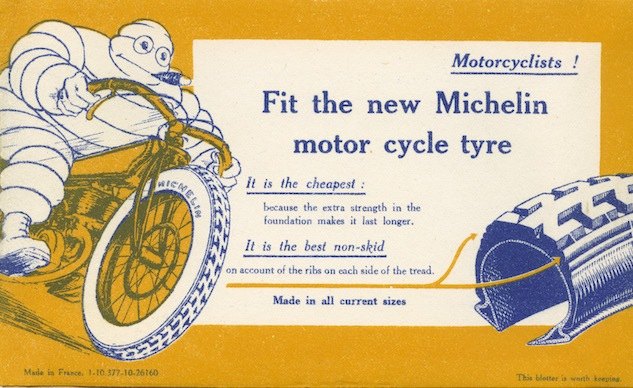
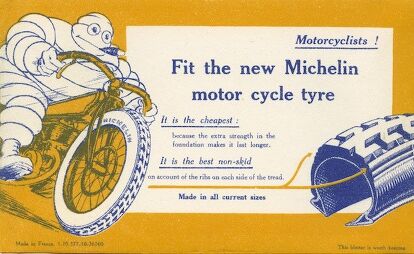
























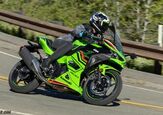
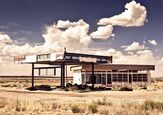
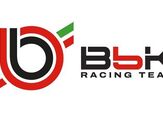
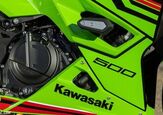

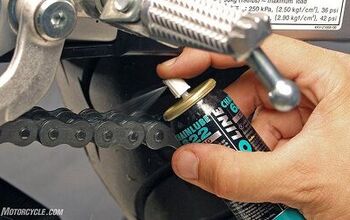
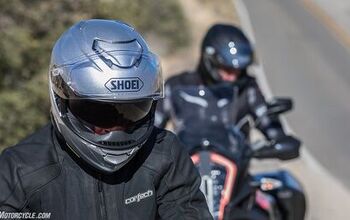
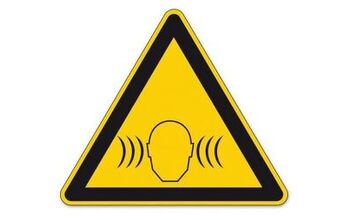
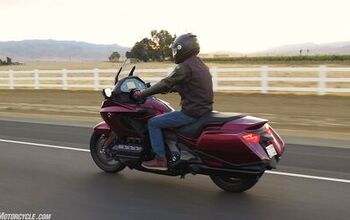
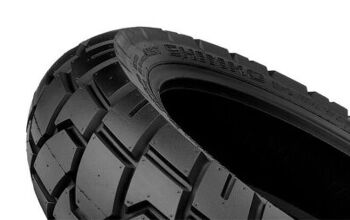
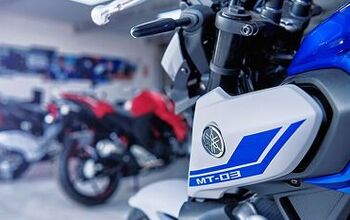
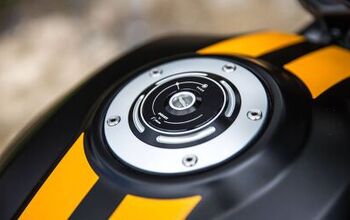
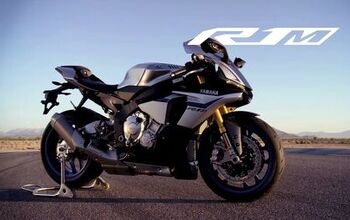
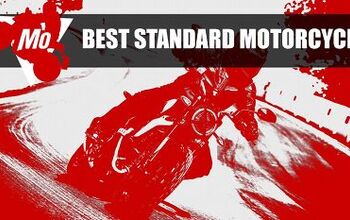
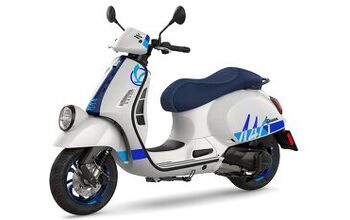
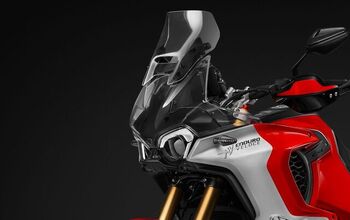
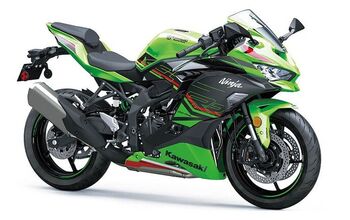
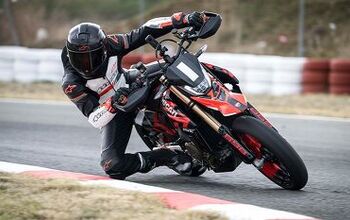
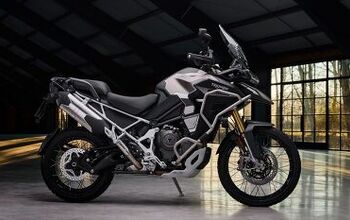
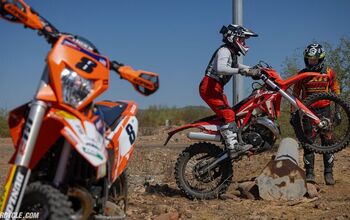
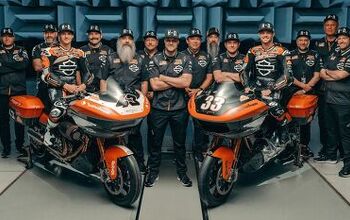
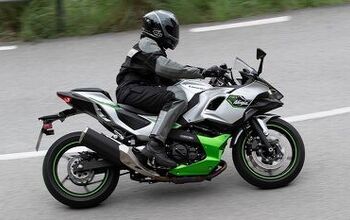
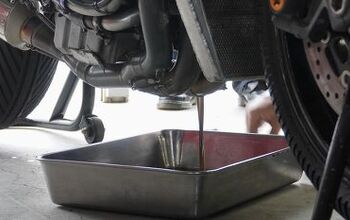
Comments
Join the conversation
I might be biased, but I'm tired of inflation. I should tread carefully here, but I feel I need to air my grievances and draw a bead on rising tire prices, even though I might get belted for it. It's time to stem our reluctance to try off brands who ply their wares without inflated ad campaigns to deflate the majors self importance and their plugs in publications and racetracks which I never find groovy and know I am paying for. Then again, it's important to have a good grip on the balance between cost and quality.
Tire companies, Michelin included, can't leave well enough alone. But we are all better for it, even if a little confused.
The good news is that if you don't want to shell out the bucks for their latest models, legacy tire models can still be found. Case in point: I was able to source brand new Power 2CT tires last year for my old ZRX, when the latest, greatest at the time was a Power RS (which I run and love on another, lighter bike)